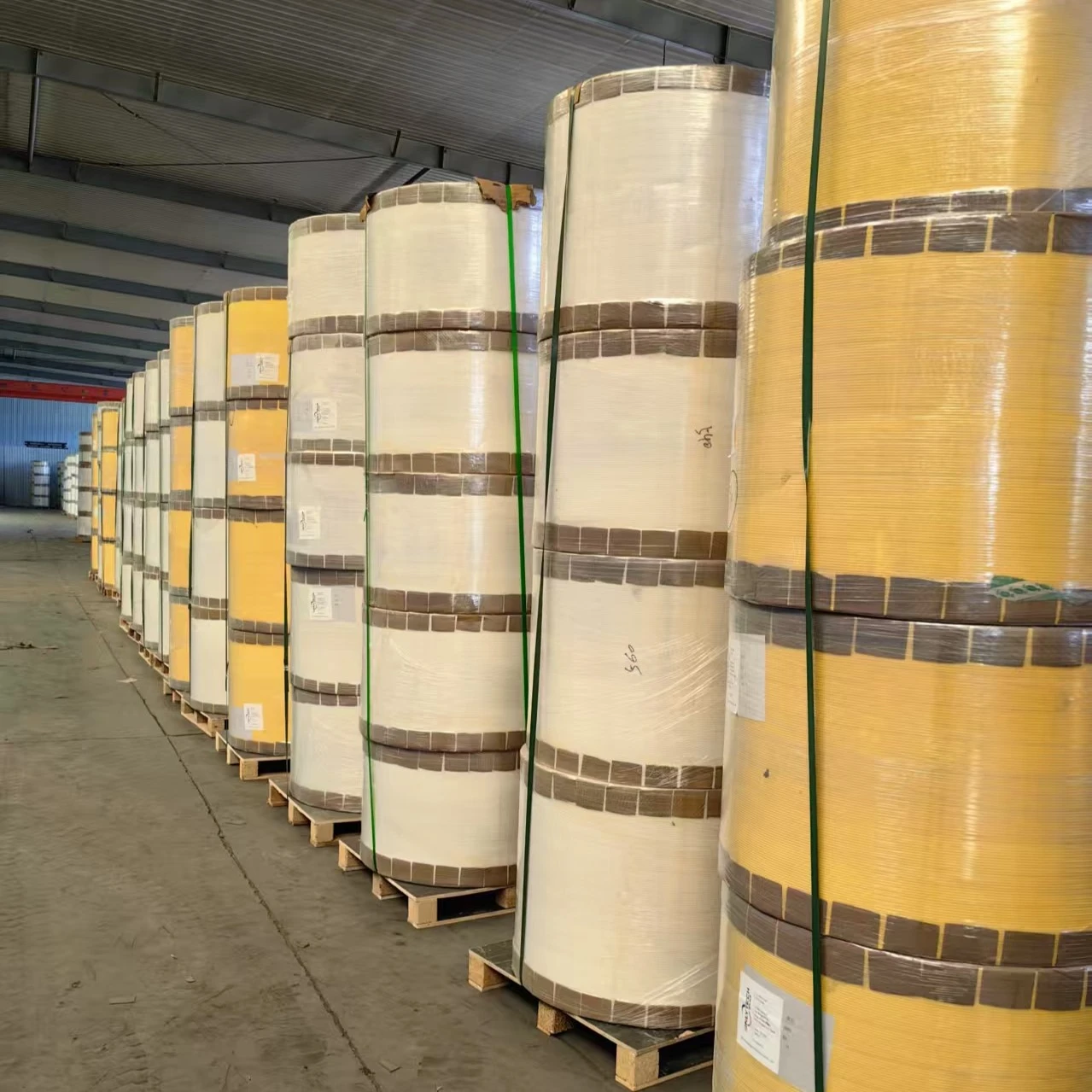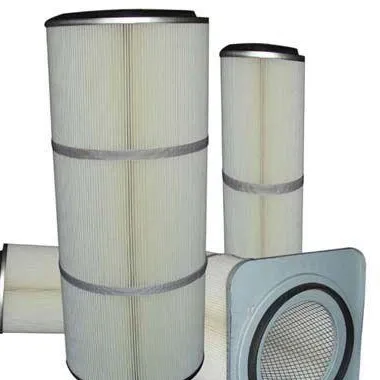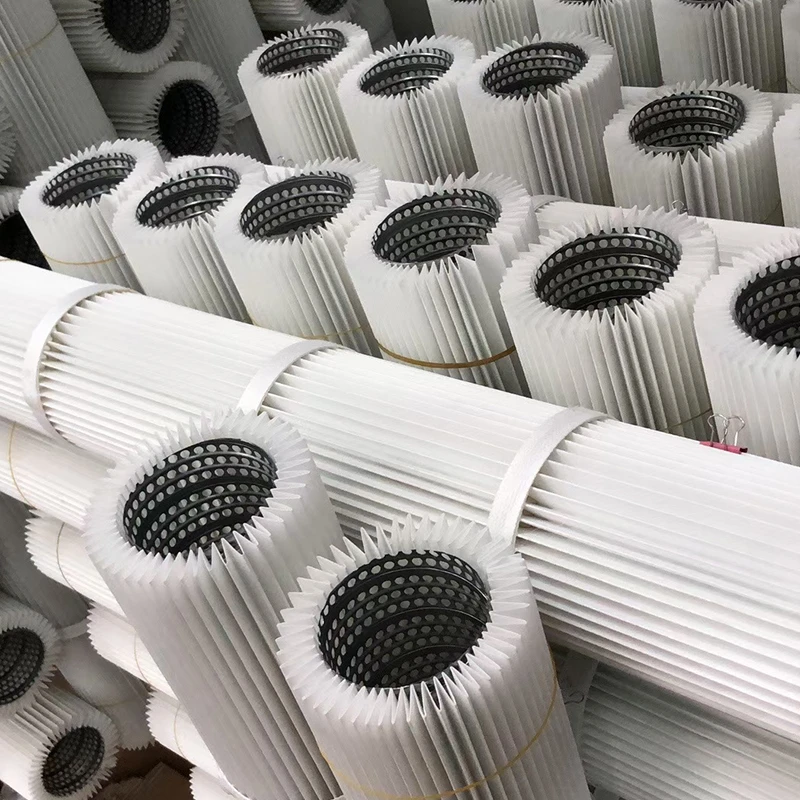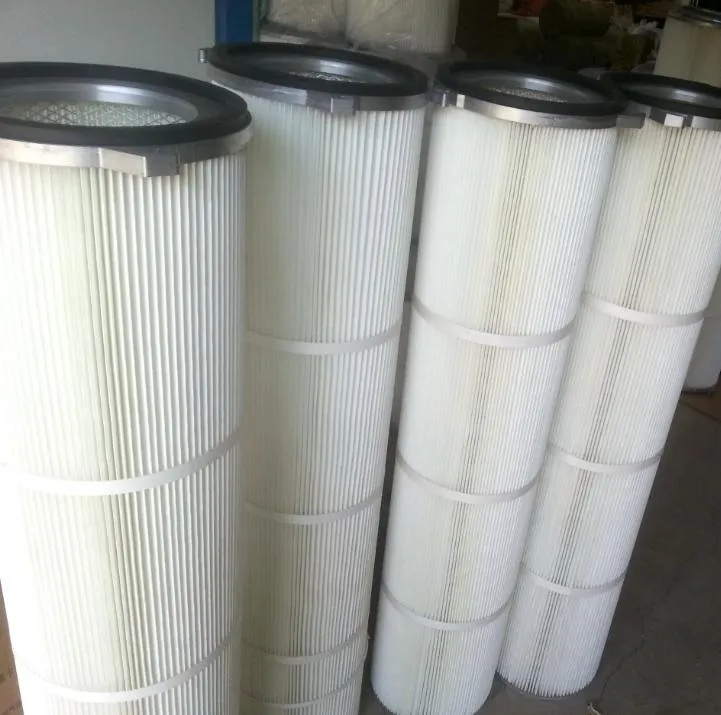 Tel:
+8615930870079
Tel:
+8615930870079
мај . 30, 2025 21:51 Back to list
Powder Coating Air Filters High-Efficiency & Durable Solutions
- The Critical Role of Powder Coating Air Filters in Modern Finishing
- Technical Advantages Driving Performance Breakthroughs
- Manufacturer Comparison: Specifications and Capabilities
- Tailored Solutions for Diverse Industrial Requirements
- Installation and Maintenance Protocols
- Demonstrated Applications Across Industries
- Future Developments: Advancing Powder Coating Filtration Standards

(powder coating air filters)
The Critical Role of Powder Coating Air Filters in Modern Finishing
Industrial finishing facilities processing 20+ tons weekly face unprecedented air quality challenges. Properly engineered powder coating air filters
capture over 99.97% of overspray particulates below 0.3 microns - the benchmark for maintaining booth efficiency while meeting OSHA and EPA regulations. Cartridge-based systems particularly dominate modern installations due to their superior surface area-to-footprint ratio, with contemporary designs processing 100% more airflow than comparable 2015 models. Finishing managers report consistent 18-22% reductions in powder waste after upgrading filtration systems, directly impacting operating margins.
Microscopic powder particulates present unique handling challenges distinct from liquid overspray. Electrostatic properties cause particles to cling aggressively to surfaces while remaining airborne for extended durations. Industry research confirms that non-specialized filtration media experience 40% faster loading when handling thermoset polymers versus conventional paint solids. This necessitates specialized media with conductive properties for effective release during pulse-jet cleaning cycles.
Technical Advantages Driving Performance Breakthroughs
Modern powder coating cartridge filters incorporate graded-density nano-fiber layers that sequentially capture particles by size stratification. This multi-stage approach yields 38% longer service intervals while maintaining consistent 0.8-1.0 inches water gauge differential pressure. The advanced membrane technology reduces compressed air consumption during cleaning by 55% compared to traditional cellulose-blend media.
Leading manufacturers now employ conductive threads woven directly into the filter matrix, eliminating static discharge risks when handling combustible powders. Third-party testing validates 98% efficiency retention after 200+ cleaning cycles when using PTFE-coated media, crucial for operations running extended shifts. Additional innovations include:
- Hydrophobic membrane treatments repelling moisture-induced clumping
- Stainless steel reinforcement bands preventing media collapse
- ISO 16890 certified efficiency ratings for global regulatory compliance
Manufacturer Comparison: Specifications and Capabilities
Evaluating powder coating air filter systems requires examining critical performance specifications. The following table compares industry leaders across essential metrics:
| Manufacturer | Max Airflow (CFM) | Initial Efficiency | Lifetime (Cycles) | Customization | Certifications |
|---|---|---|---|---|---|
| Nordson OptiFlex | 4,500 | 99.99% | 320 | Cartridge dimensions | ISO 16890 Class ePM1 |
| Donaldson Torit DFO | 3,800 | 99.97% | 280 | Media blend configurations | NFPA 652 Compliant |
| Camfil Gold Series | 5,200 | 99.98% | 350 | Frame material options | ATEX Zone 22 |
| AAF PowerPleat | 4,100 | 99.96% | 260 | Gasket variations | ISO 9001:2015 |
Camfil's 23% airflow advantage stems from their signature pleat stabilization technology which minimizes airflow resistance. Donaldson's vertically mounted cartridges enable 15-minute replacement cycles, critical for production facilities minimizing downtime during changeovers. All top manufacturers now offer fire-retardant media options meeting FM Approved standards for powder types with auto-ignition temperatures below 400°C.
Tailored Solutions for Diverse Industrial Requirements
Leading suppliers develop application-specific powder coating filter configurations addressing distinct industrial challenges. Automotive finishing lines handling metallic pigments require conductive media with enhanced spark resistance, while electronic component coaters demand nano-fiber membranes blocking silicate migration that causes micro-contamination. Aerospace applications implement dual-stage filtration achieving HEPA-equivalent performance where particulate counts below 100 microns are mission-critical.
Regional climate adaptations demonstrate engineering ingenuity. Tropical installations integrate desiccant breathers preventing filter media saturation during monsoon seasons, maintaining optimal 15-30% humidity levels within the media matrix. Arctic operations utilize silicone-treated gaskets preventing brittleness in subzero temperatures. Manufacturers now provide computational fluid dynamics (CFD) modeling to optimize:
- Air-to-cloth ratios exceeding 4:1 requirements
- Velocity profiles maintaining laminar flow
- Differential pressure curves through loading cycles
Installation and Maintenance Protocols
Precision installation protocols directly determine filtration performance outcomes. Technicians must calibrate tension plenums within ±5% variance to prevent media flex fatigue - the leading cause of premature failure in cartridge systems. Modern sensor arrays track real-time parameters including:
- Differential pressure (±0.1" WG accuracy)
- Cleaning pulse duration (ms precision)
- Compressed air pressure (maintaining 80-90 PSI)
Predictive maintenance algorithms analyze pressure decay rates after cleaning pulses, signaling media replacement requirements when decay times drop below 75% of baseline values. These systems forecast maintenance needs 200-400 operating hours in advance with 92% accuracy based on industrial case studies. Properly maintained units preserve airflow characteristics within 10% of initial specifications throughout their service life.
Demonstrated Applications Across Industries
Heavy equipment manufacturers documented annual savings exceeding $480,000 after installing high-efficiency powder coating cartridge filters across six paint lines. Particulate containment improvements enabled reclaim systems to recover 34% of oversprayed material while eliminating ventilation stack emissions exceeding EPA Method 9 standards. Additional verified implementations:
- Architectural aluminum extrusion facility: Achieved Class A surface finishes by eliminating 17-micron craters caused by recirculated contaminants
- Agricultural machinery plant: Reduced color change downtime from 58 to 12 minutes with rapid-release cartridge technology
- Medical device coating operation: Passed ISO Class 7 cleanroom air quality testing without secondary filtration
Electrostatic powder coating filters specifically demonstrate advantages for heat-sensitive substrates. Wood composite manufacturers utilizing UV-cured powders prevent scorching by maintaining ambient temperatures through unrestricted airflow across filter surfaces. Patented asymmetric pleat designs on leading models sustain constant air volumes despite loading conditions, crucial for temperature-sensitive applications.
Future Developments: Advancing Powder Coating Filtration Standards
Innovation pipelines target sustainable filtration solutions without compromising performance objectives. Pilot programs testing cellulose-based nanofiber media show potential to reduce petroleum-derived materials by 40% while maintaining filtration efficacy levels. Leading suppliers anticipate launching carbon-neutral production processes by 2026, utilizing renewable energy sources and recycled filter components.
Advanced sensor systems represent the next frontier for powder coating cartridge filters. Onboard particulate spectroscopy analyzes overspray composition in real-time, providing actionable data for reclaim optimization. Patented self-monitoring filters incorporating conductive grid diagnostics signal impending structural failures 120±15 operating hours before critical malfunction occurs. As powder coating applications expand to new industries including battery component manufacturing, advanced filter systems provide essential environmental protection while maximizing operational economics.
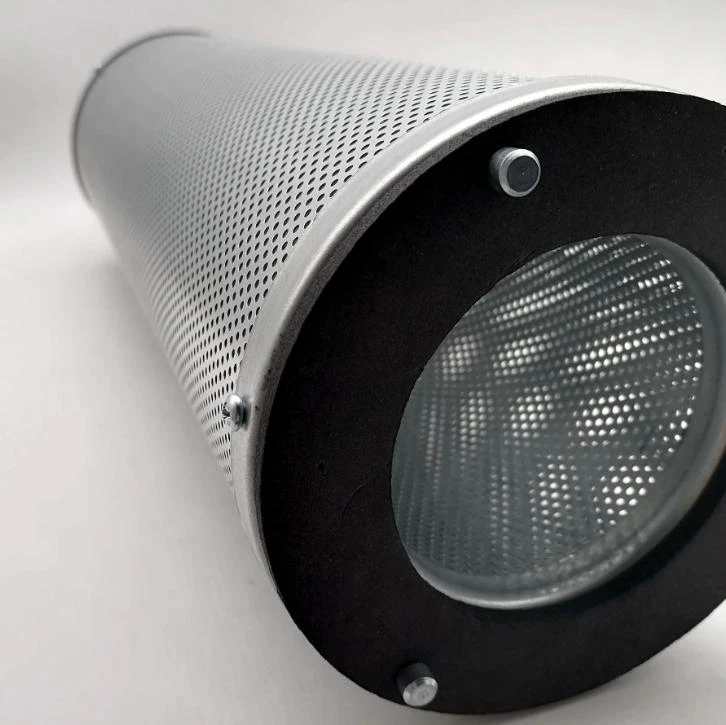
(powder coating air filters)
FAQS on powder coating air filters
Q: What is the purpose of powder coating air filters?
A: Powder coating air filters capture overspray and contaminants during the powder coating process. They protect equipment, improve air quality, and ensure consistent coating results. Regular maintenance is required to maintain efficiency.
Q: How often should powder coating cartridge filters be replaced?
A: Replacement frequency depends on usage and contamination levels. Typically, cartridge filters last 3-6 months in moderate use. Inspect regularly for clogs or damage to avoid reduced airflow.
Q: What’s the difference between standard and cartridge powder coating filters?
A: Cartridge filters offer higher surface area and efficiency for heavy-duty applications. Standard filters are simpler and cost-effective for lighter use. Choosing depends on workload and air quality requirements.
Q: Can powder coating filters be cleaned and reused?
A: Some filters are designed for cleaning via compressed air or shaking. However, repeated cleaning may reduce effectiveness over time. Check manufacturer guidelines for specific filter types.
Q: How do I choose the right powder coating filter for my system?
A: Consider factors like airflow requirements, particle size, and operational intensity. Cartridge filters suit high-volume setups, while basic filters work for smaller systems. Consult technical specs to match your needs.
-
Types and Applications of Air Filtration CartridgesNewsJul.28,2025
-
The Role of Gas Turbine FiltersNewsJul.28,2025
-
Mastering Air Filter Cartridge UseNewsJul.28,2025
-
Advanced Turbine Filters for Modern Gas TurbinesNewsJul.28,2025
-
Cellulose Air Filter Cartridge Advantages in Dust FiltrationNewsJul.28,2025
-
Cellulose Filters for Air Particle ReductionNewsJul.28,2025

 Email:
Email:
